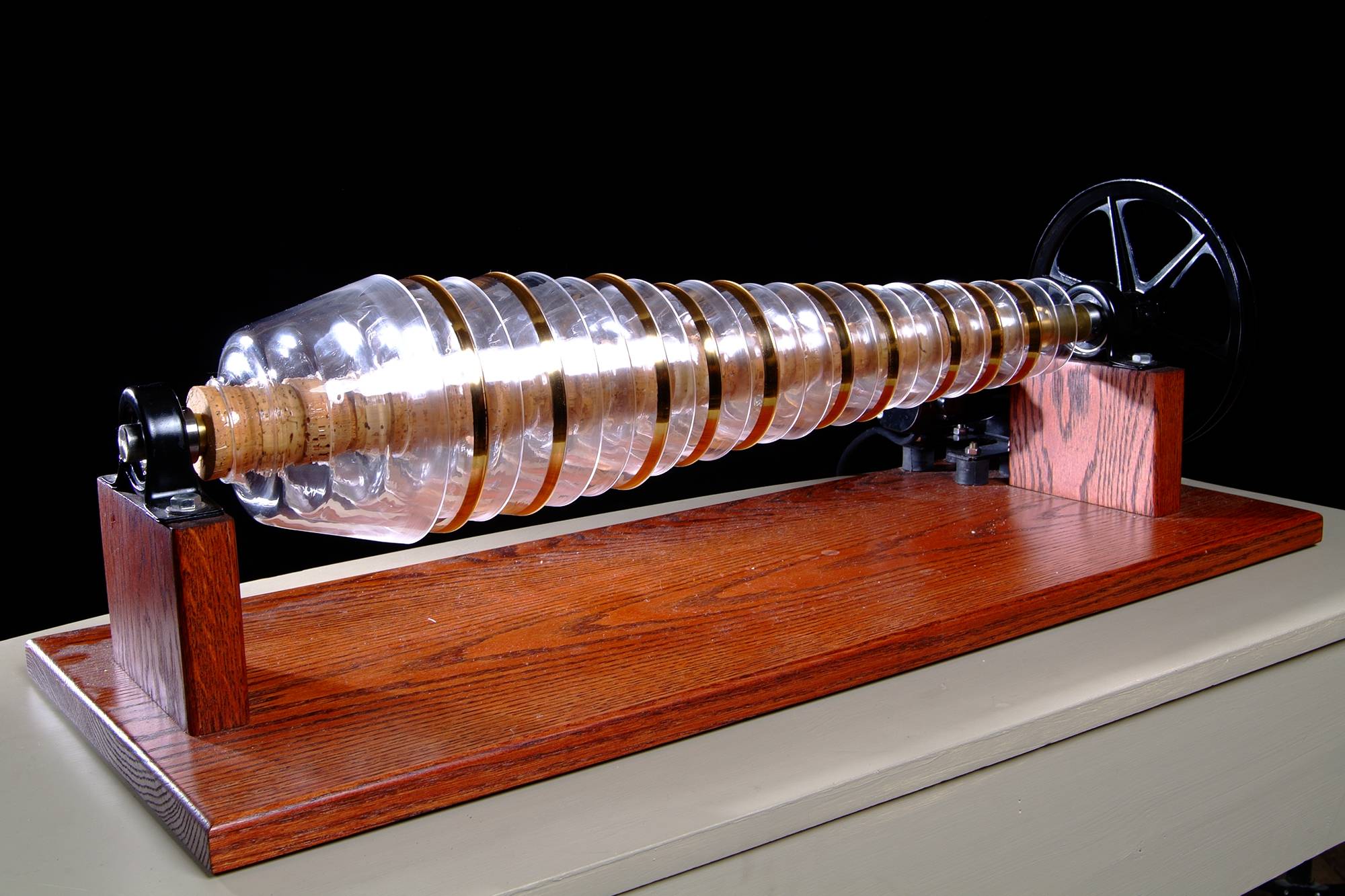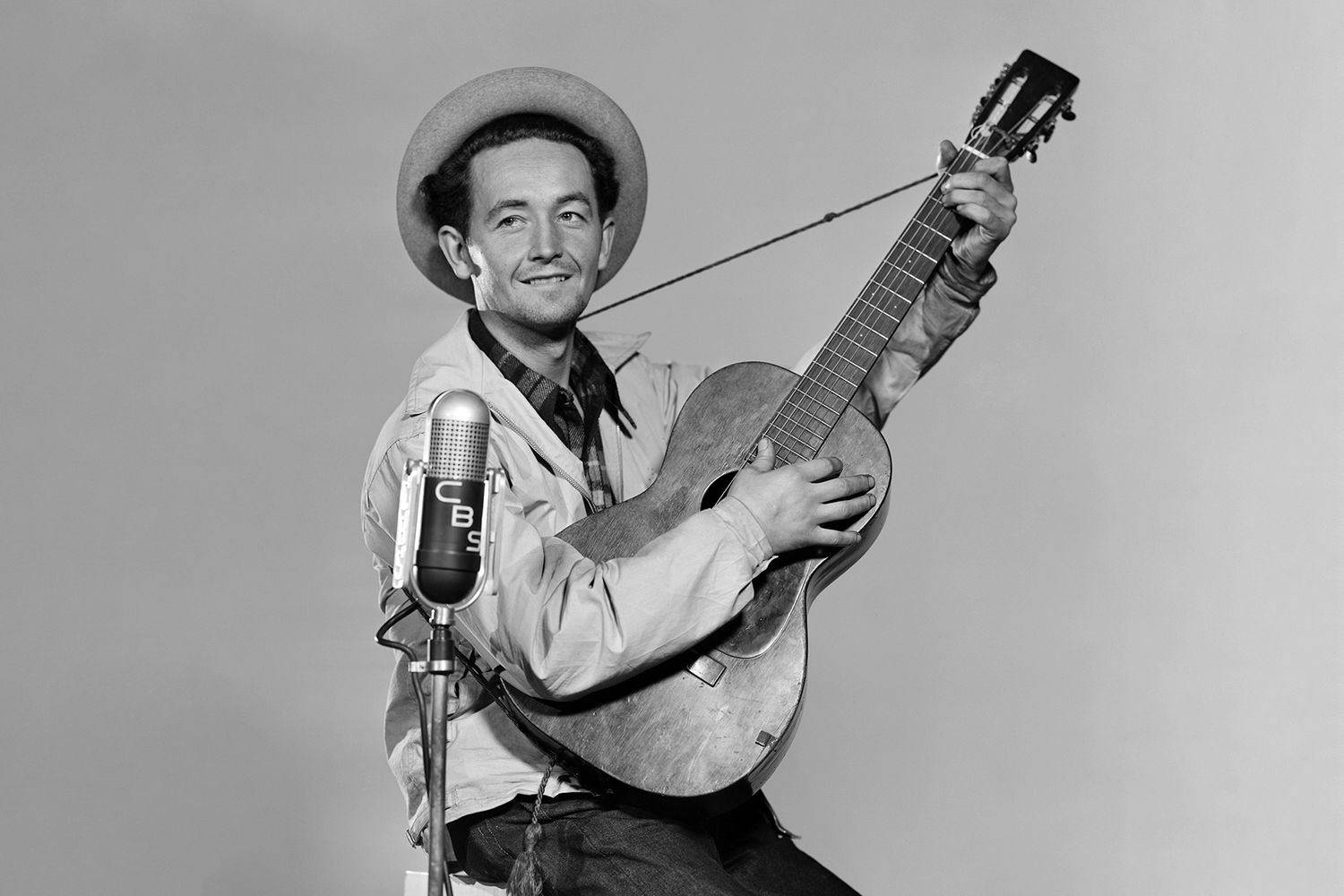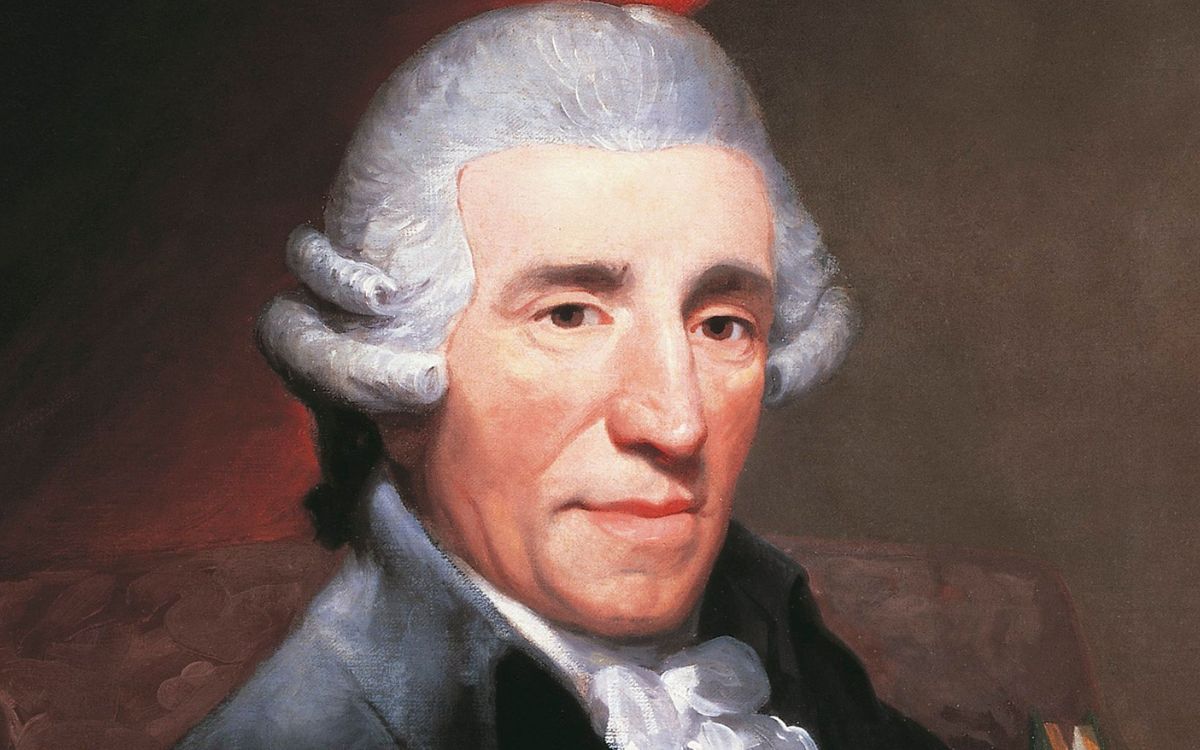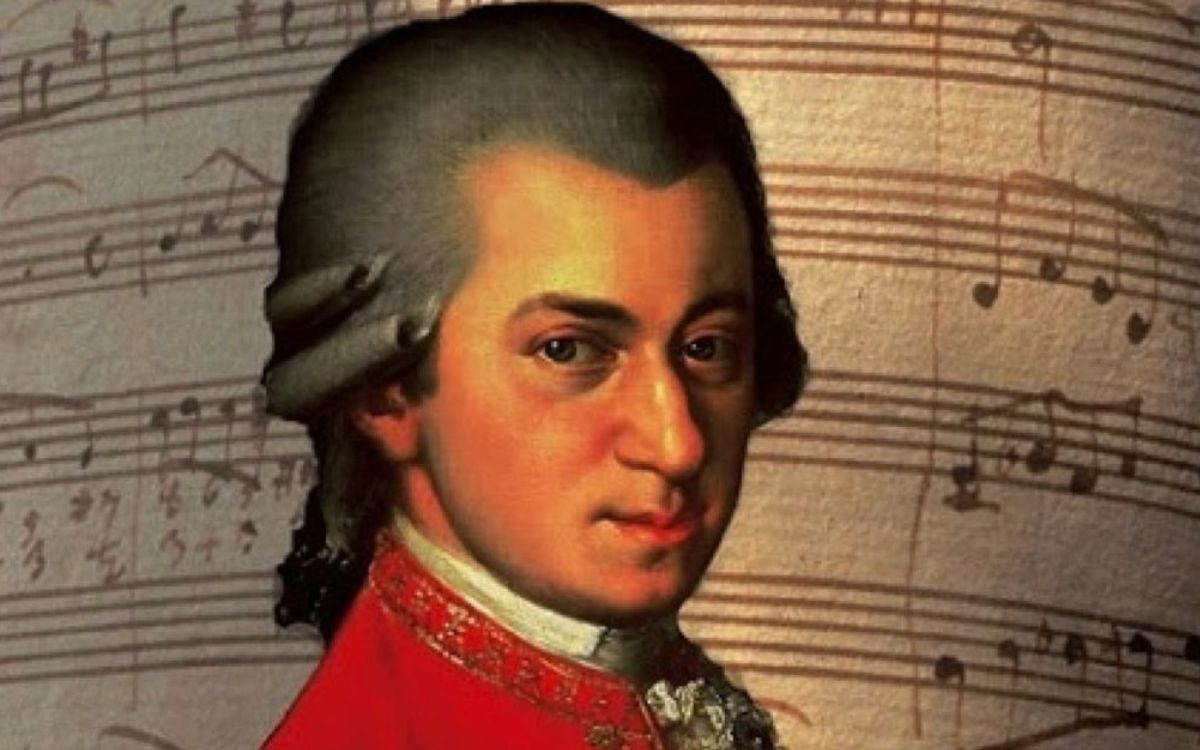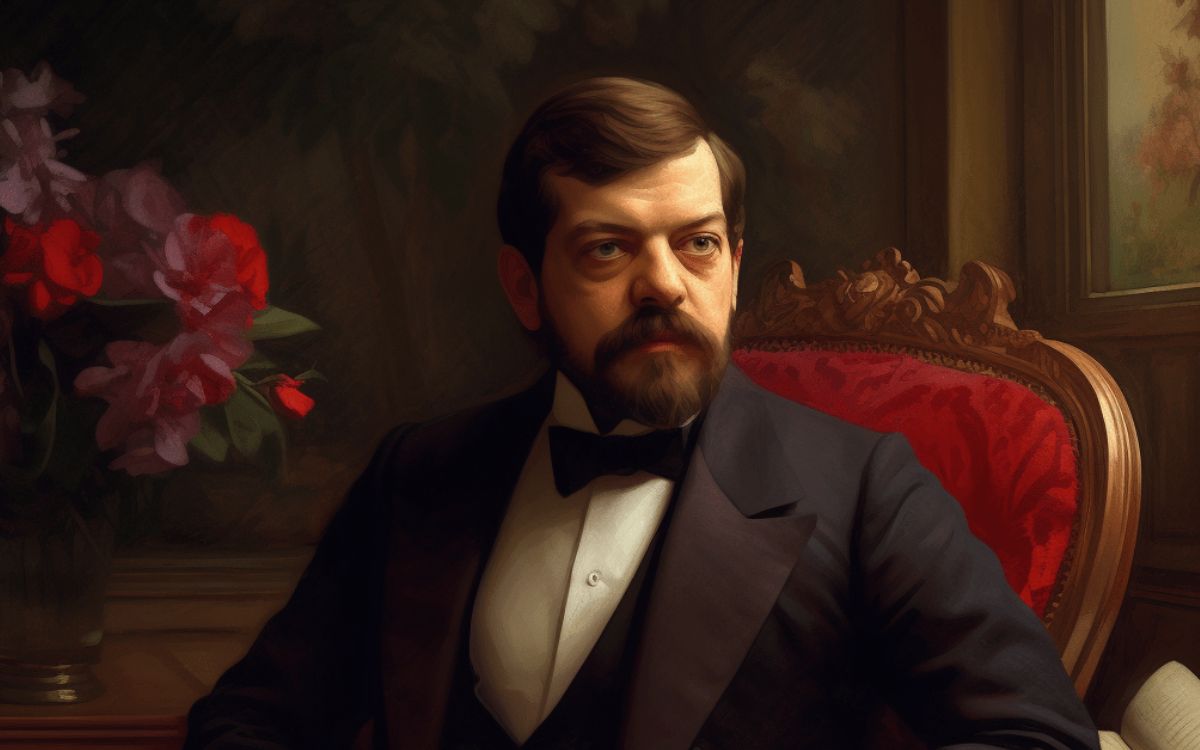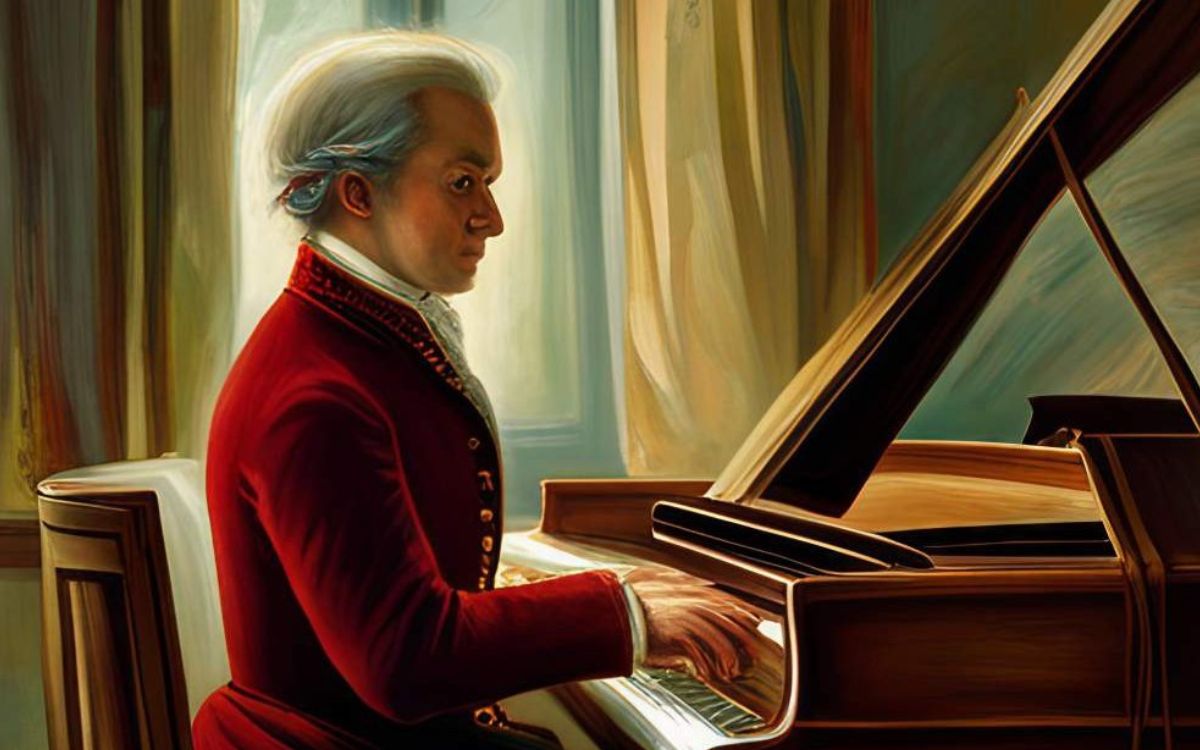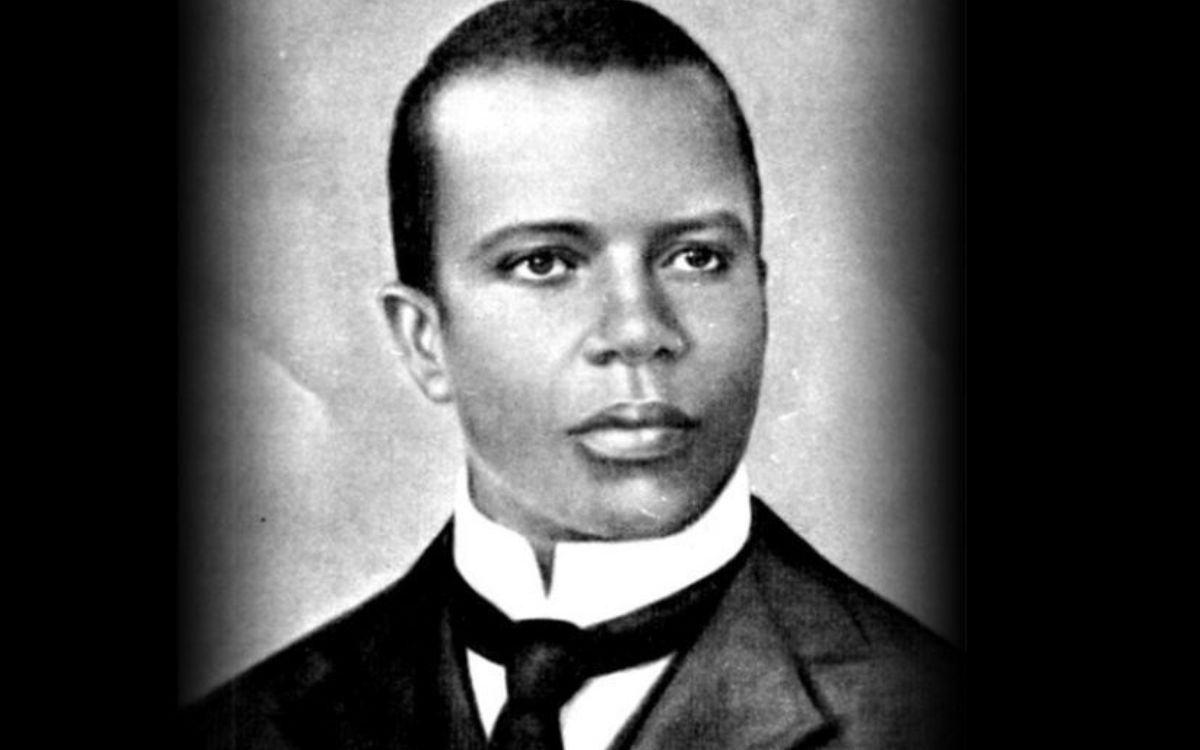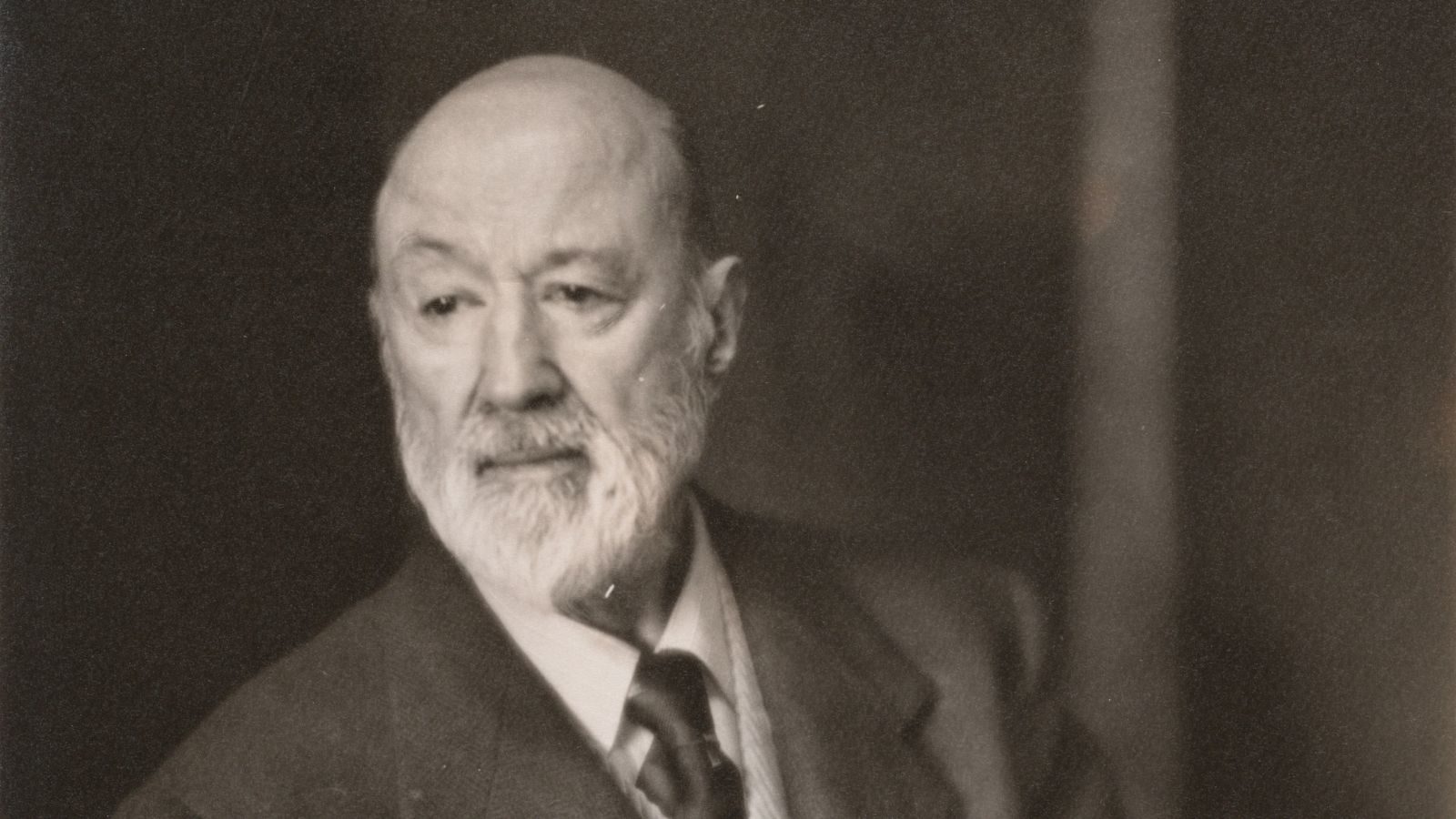Home>Production & Technology>Composer>Which Russian Composer Wrote Peter And The Wolf?


Composer
Which Russian Composer Wrote Peter And The Wolf?
Modified: February 24, 2024
Discover which Russian composer is behind the enchanting story of Peter and the Wolf. Uncover the talented composer of this beloved musical masterpiece.
(Many of the links in this article redirect to a specific reviewed product. Your purchase of these products through affiliate links helps to generate commission for AudioLover.com, at no extra cost. Learn more)
Table of Contents
Introduction
In the world of classical music, there are composers who have left an indelible mark on the genre. Their compositions are timeless, celebrated for their beauty, complexity, and ability to evoke emotions. One such composer is the Russian genius behind the beloved musical piece “Peter and the Wolf.”
This enchanting masterpiece has captivated audiences of all ages since its creation and remains a fundamental part of classical music education. It weaves together a delightful story with a lively score, introducing listeners to different instruments and musical themes.
In this article, we will delve into the world of “Peter and the Wolf” and explore the composer behind its creation. We will, discover the inspiration and process behind its composition, unravel the plot and characters that make it so enchanting, and explore the lasting legacy of this beloved piece of music.
Join us on this musical journey as we uncover the fascinating story of the Russian composer who wrote “Peter and the Wolf” and experience the magic that has captured the hearts of generations.
Biography of the Russian Composer
The composer behind the iconic piece “Peter and the Wolf” was none other than Sergei Prokofiev. Born on April 23, 1891, in Sontsovka, Ukraine, Prokofiev displayed exceptional musical talent from a young age.
Prokofiev began his musical studies at the age of four, learning to play the piano under the guidance of his mother. His talent quickly became evident, and he composed his first piece at the age of five. This early musical aptitude led him to enroll at the St. Petersburg Conservatory at the age of 13, where he further honed his skills.
During his time at the conservatory, Prokofiev experimented with various musical styles, including neoclassicism and avant-garde. His compositions showcased his innovative approach and distinctive use of dissonance and unconventional harmonies. This unique style would become a defining characteristic of his work and set him apart from his contemporaries.
Prokofiev’s career took off in the early 20th century, and he gained international recognition for his compositions. His works, ranging from symphonies to ballets, captivated audiences with their expressive melodies and bold harmonies.
However, amidst his success, Prokofiev found himself caught in the turbulent period of the Russian Revolution and the aftermath of World War I. In 1918, he left Russia and embarked on a series of travels, living in the United States, Germany, and eventually settling in Paris.
During his time abroad, Prokofiev continued to compose prolifically, producing groundbreaking works that solidified his reputation as one of the most influential composers of the 20th century. It was in 1936, during his time in Moscow, that he composed “Peter and the Wolf,” leaving an indelible mark on the world of classical music.
Prokofiev’s contributions to the musical world extend far beyond “Peter and the Wolf.” His vast body of work includes acclaimed compositions such as “Romeo and Juliet,” “Symphony No. 5,” and “Piano Concerto No. 3,” among many others. His compositions showcased his diverse range and ability to seamlessly blend complex harmonies with memorable melodies.
Despite facing criticism and constraints imposed by the Soviet regime, Prokofiev continued to compose and push artistic boundaries. His compositions reflected his unwavering dedication to his craft and his commitment to creating music that resonated with audiences.
Sergei Prokofiev’s musical legacy endures to this day, with his works being performed and celebrated on concert stages worldwide. His innovative compositions and distinct musical voice have solidified his place in history as one of the most influential composers of the 20th century.
Creation of “Peter and the Wolf”
The creation of “Peter and the Wolf” marked a pivotal moment in Sergei Prokofiev’s illustrious career. This musical fairy tale was originally composed in 1936 with the intention of introducing children to the world of classical music.
Prokofiev was inspired by the idea of creating a composition that would not only entertain but also educate young listeners about different instruments and their respective musical themes. He believed that introducing children to classical music at an early age could foster an appreciation for the art form that would last a lifetime.
The concept behind “Peter and the Wolf” is rooted in a narrative structure, with each character in the story represented by a specific musical instrument. Peter, the protagonist, is portrayed by the strings, while the bird is represented by the flute, the duck by the oboe, the cat by the clarinet, the grandfather by the bassoon, the wolf by the French horn, and the hunters by the timpani and the bass drum.
Prokofiev’s compositional genius shines through in his ability to blend these distinct musical themes seamlessly. Each instrument represents a character or element within the story, allowing the music to paint a vivid picture in the minds of the listeners.
It is worth noting that “Peter and the Wolf” was originally commissioned for a children’s theater in Moscow. The premiere of the composition took place on May 2, 1936, with the Moscow Philharmonic Orchestra performing under the baton of Prokofiev himself. The audience consisted predominantly of young children, who were enthralled by the engaging story and the enchanting music.
Prokofiev’s intention to educate and entertain young listeners was a resounding success. “Peter and the Wolf” quickly gained popularity and became one of the composer’s most celebrated works. Its charm and accessibility made it a staple in music education programs around the world, introducing countless children to the wonders of classical music.
The creation of “Peter and the Wolf” showcases Prokofiev’s versatility as a composer. By crafting a narrative-driven composition with distinct musical themes for each character, he was able to create a captivating and educational piece of music that has stood the test of time.
Plot and Characters in “Peter and the Wolf”
“Peter and the Wolf” tells the charming and enchanting story of a young boy named Peter who embarks on a daring adventure in the woods. The composition is structured as a musical fairy tale, with each character represented by a specific instrument, making it easily accessible to listeners of all ages.
The story begins with Peter, our fearless protagonist, living with his grandfather in a small cottage near the forest. As the day unfolds, Peter’s attention is drawn to a nearby meadow, where he encounters various animals, each with their own distinct musical theme.
First, Peter encounters a bird, represented by the lively and playful melody of the flute. The bird warns Peter of the impending danger posed by a wolf lurking in the nearby forest. However, Peter, filled with youthful curiosity and bravery, disregards the bird’s warning and decides to explore the forest despite the potential danger.
As Peter ventures deeper into the woods, he encounters a duck, represented by the sweet and whimsical melody of the oboe. The duck, oblivious to the threats surrounding her, playfully splashes in a pond nearby. Peter tries to warn the duck about the prowling wolf, but the duck dismisses the warning, adamant that she can outsmart any danger.
Unbeknownst to Peter and the duck, the menacing wolf, portrayed by the powerful and ominous sound of the French horn, silently approaches them with the intention of making them his prey. As the tension builds, Peter devises a plan to capture the wolf with the help of a rope tied to a tree branch.
With the wolf trapped, Peter and his animal companions, including a cat (played by the nimble melody of the clarinet) and a grandfather (represented by the warm and resonant tones of the bassoon), triumphantly parade the captured wolf back to the village to the sounds of cheering townsfolk.
Through their collective effort, Peter and his animal friends have successfully outwitted the formidable wolf, teaching a valuable lesson about the importance of teamwork and courage. The composition concludes with a celebratory melody symbolizing Peter’s triumph and the safe return of the animals to their natural habitats.
“Peter and the Wolf” is a delightful story that not only entertains but also serves as an educational tool for introducing young listeners to different musical instruments and their respective sounds. It captures the imagination of both children and adults alike, showcasing the power of music to bring stories to life.
Musical Themes and Instruments in “Peter and the Wolf”
One of the most captivating aspects of Sergei Prokofiev’s “Peter and the Wolf” is the use of different musical themes and instruments to represent the various characters in the story. Each character is associated with a specific instrument, creating a delightful and memorable listening experience that engages the imagination of the audience.
Let’s explore the musical themes and instruments used in “Peter and the Wolf”:
- Peter: Our brave protagonist, Peter, is portrayed by the strings. The soaring melodies of the violin, viola, cello, and double bass capture the essence of Peter’s adventurous spirit.
- Bird: The bird character is represented by the delicate and nimble melodies of the flute. The flute’s light and airy sound beautifully express the bird’s freedom and playfulness.
- Duck: The duck, known for her waddling and quacking, is brought to life through the oboe. The rich and playful tones of the oboe capture the duck’s personality and add a touch of whimsy to the composition.
- Cat: The mischievous and cunning cat is represented by the sleek and agile clarinet. The clarinet’s smooth and expressive sound embodies the grace and stealth of the feline character.
- Grandfather: The wise and patient grandfather is portrayed by the warm and resonant tones of the bassoon. The bassoon’s deep and melodic sound brings a sense of stability and wisdom to the composition.
- Wolf: The menacing and imposing wolf is symbolized by the powerful and ominous sound of the French horn. The horn’s deep and haunting tones perfectly capture the wolf’s presence and create a sense of tension throughout the piece.
- Hunters: The hunters, who play a vital role in the story, are represented by the ominous and percussive sounds of the timpani and the bass drum. These instruments add a dramatic and rhythmic element to the composition and signal the arrival of the hunters on the scene.
Prokofiev’s masterful use of these distinct musical themes and instruments not only brings the characters to life but also educates listeners about the range and capabilities of different instruments in the orchestra. This unique approach allows young listeners to develop an appreciation for the variety of sounds and textures that can be achieved through musical instruments.
By associating each character with a specific instrument, Prokofiev fosters a deeper connection between the story and its musical representation. Listeners can follow along and identify the different characters based on the distinct melodies and sounds produced by each instrument, enhancing their engagement with the composition.
The combination of the enchanting story and the rich orchestral palette truly makes “Peter and the Wolf” a captivating musical experience for audiences of all ages.
Reception and Legacy of “Peter and the Wolf”
Since its premiere in 1936, “Peter and the Wolf” has garnered widespread acclaim and achieved a lasting legacy in the world of classical music. This captivating composition has become a beloved staple in music education programs around the globe, inspiring generations of young listeners and nurturing their appreciation for the art form.
From its inception, “Peter and the Wolf” was met with great enthusiasm. The premiere, performed by the Moscow Philharmonic Orchestra under the direction of Prokofiev himself, captivated a primarily young audience. The enchanting story and the ingenious use of different instruments to represent characters resonated with children and adults alike.
Over the years, the composition has continued to receive high praise for its educational and artistic value. Educators and music instructors have embraced “Peter and the Wolf” as a tool to introduce children to classical music, helping them develop an understanding of different instruments and their unique sounds.
Prokofiev’s brilliant orchestration and storytelling have made “Peter and the Wolf” an enduring classic. The composition seamlessly combines engaging storytelling with memorable melodies, making it accessible to listeners of all ages and musical backgrounds.
The legacy of “Peter and the Wolf” extends beyond its educational impact. The composition has become a favorite for orchestras worldwide, who frequently perform it in concerts specifically tailored for young audiences. By introducing young listeners to the magic of live orchestral performances, “Peter and the Wolf” creates a memorable and lasting impression.
In addition to its performance popularity, “Peter and the Wolf” has also garnered attention in popular culture. The composition has been featured in numerous films, television shows, and adaptations. Its familiar melodies and beloved characters have become iconic, contributing to its enduring popularity.
Prokofiev’s innovative approach in “Peter and the Wolf” has also inspired other composers to explore similar narrative-driven compositions. The use of different musical themes and instruments to portray characters has become a recurring technique in music for children, allowing young listeners to engage with and understand complex musical concepts.
The enduring appeal of “Peter and the Wolf” lies in its ability to transport listeners into a world of imagination and musical discovery. With its enchanting storytelling and vivid orchestration, the composition continues to leave a lasting impression on audiences of all ages, ensuring its place as a cherished masterpiece in the realm of classical music.
Conclusion
“Peter and the Wolf” stands as a testament to the magic of Sergei Prokofiev’s musical genius. This timeless composition has captivated audiences of all ages since its creation, charming listeners with its enchanting storytelling and imaginative use of musical themes and instruments.
Prokofiev’s aim to introduce children to the world of classical music has been realized through this beloved composition. By associating each character with a specific instrument, he created a captivating and educational experience that engages young listeners and fosters an appreciation for the rich sounds and textures of the orchestra.
The legacy of “Peter and the Wolf” extends far beyond its initial reception. It has become an integral part of music education, offering educators a powerful tool to introduce children to the wonders of classical music. Through its performances and adaptations, it has reached a wide audience, leaving an indelible mark on both classical music enthusiasts and popular culture.
Its enduring popularity serves as a testament to the enduring power of storytelling and music’s ability to captivate the imagination. “Peter and the Wolf” continues to be celebrated, performed, and cherished, ensuring that future generations will likewise be enthralled by its timeless magic.
As we reflect on the captivating tale of Peter and his encounter with the wolf, we cannot help but marvel at the brilliance of Prokofiev’s composition. It beautifully combines the art of storytelling with the wonders of music, allowing listeners to embark on an unforgettable journey through sound and imagination.
So, let us embrace the delightful melodies of the flute, the violin, the French horn, and all the instruments that bring the characters to life in “Peter and the Wolf.” Immerse yourself in its whimsical world, and discover the joy and wonder that this cherished composition has brought to countless listeners around the world.

